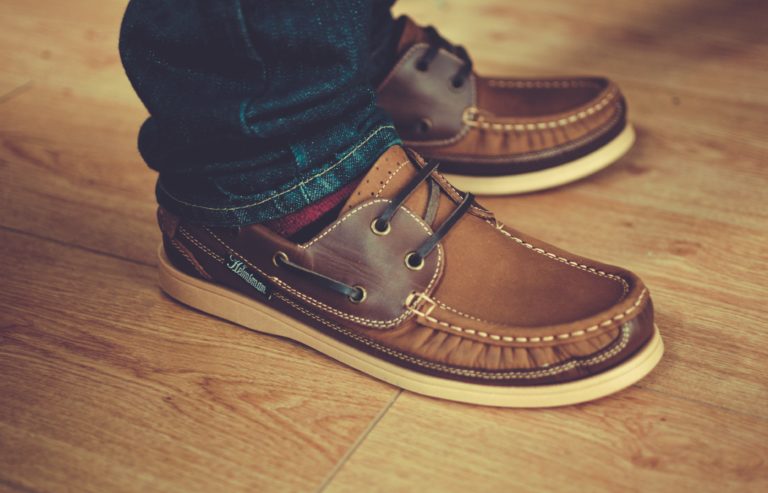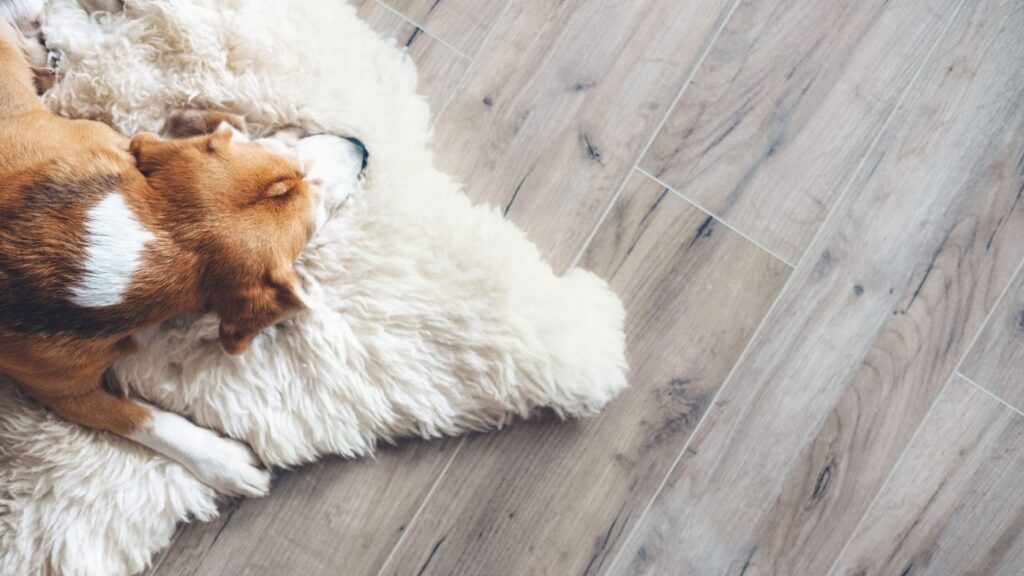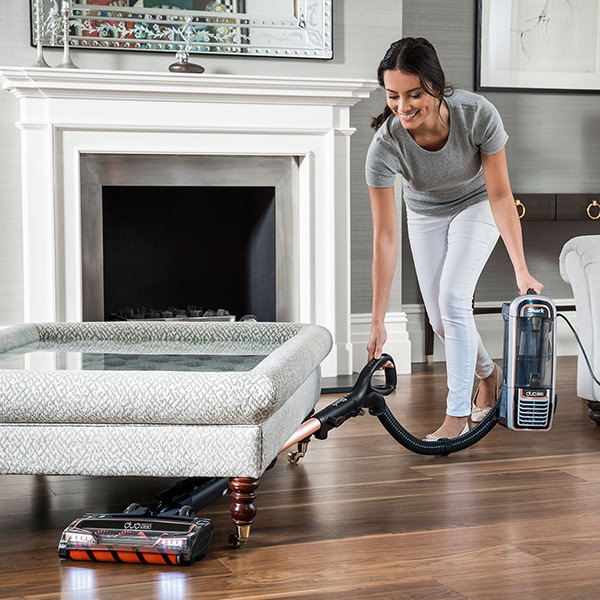Laminate Flooring Test Results – Health Issues and Solutions
The U.S. Consumer Product Safety Commission (CPSC) tested formaldehyde levels released from specific types of laminate flooring made in Ch between 2012 and 2014 and sold at Lumber Liquidators stores in the United States. CPSC tested the same type of flooring that had some of the highest formaldehyde levels in tests conducted during a recent consumer investigation.
The Centers for Disease Control and Prevention (CDC) and the Agency for Toxic Substances and Disease Registry (ATSDR) estimated (modeled) indoor formaldehyde levels that may be present in typical homes with this laminate flooring. In the model, we used near worst-case conditions so that our conclusions and recommendations would protect public health.
Short-term Health Effects
Irritation and breathing problems can happen in anyone, but children, older adults, and people with asthma or other breathing problems are more likely to have these symptoms. If you installed this type of flooring in a home that already had elevated levels of formaldehyde from other products (like cabinets, furniture, or curtains), your chance of having those symptoms increases.
Long-term Health Effects
Studies of workers who breathe in very high levels of formaldehyde over many years have shown a link to rare cancers. Formaldehyde exposure from the tested laminate flooring would be much lower and would last for less time than the exposures linked to those cancers. However, whenever you are exposed to a cancer-causing chemical, your cancer risk increases.
estimated the increased lifetime risk of cancer based on
Installing flooring with the highest formaldehyde levels
Breathing in formaldehyde at those levels in the house all day long for two years
Note: We chose a two-year time frame because several studies have shown that indoor air concentrations of formaldehyde from new building products usually decrease over time, particularly during the first two years.

Homemade Laminate Floor Shiner
Laminate floors require very little effort on your part to shine. However, the little effort you’ll be putting into keeping the flooring’s natural allure and brightness needs to be deliberate and done often to prevent dirt from accumulating and dulling up the surface. One key to retaining your laminate floor’s shine is the type of cleaner that you use – not brand, just the type. The less chemicals used in cleaning, the more shiny and long lasting the floor will be. Below are some simple tips you can use to keep your laminate shining with a homemade laminate floor shiner.
Vacuum
You want to get all of the dirt and dust off the floor before using a liquid cleaner. Remember that laminate floors are wooden and their shiny surfaces can make them get scratched easily – so be careful with the type of vacuum cleaner you use. Get a hard floor attachment, so you can clean scratch free. If you don’t have that attachment, you can always use a broom to get the dirt off.
Choose Your Cleaner
Most commercial cleaners are either soap or oil based – bases that will cause product build up and ruin the shine on your laminate floor. Of course if you search diligently, you’ll probably find something made specifically for laminate floors, but they definitely won’t be as cheap as something you’d make yourself at home. Plus, you probably already have the ingredients at home to make this cleaner, so you may not have to spend a thing.
INGREDIENTS
Water – 1/2 cup
White vinegar – 1/2 cup
Rubbing alcohol – 1/2 cup
Mix all of them in a spray bottle. Check that the spray nozzle works, and voila! Your laminate floor cleaner is ready for use.
Don’t Pour, Spray
Don’t forget that your floor is essentially wood – which hates water. Once you have your spray bottle filled with your homemade cleaning solution, you want to spray it lightly on one section of the floor (not all at once). To determine the size of area to spray, just see how far you can reach with your mop, and spray that area. You want to spray just enough surface and mop it up immediately before the cleaner dries up. Also, try not to spray a surface you might get boxed in – if dried cleaners looks terrible, footprints look even worse.

How Can I Clean My Laminate Floors Without Damaging Them?
Laminate is a great alternative to real wood flooring. Not only is it cheap, it’s easy to fit, maintain and clean. But this durable type of flooring isn’t indestructible. It can still be scratched, and if water gets into the joins catastrophic damage can result.
Prevention is the best cure
Keeping your floor clean at all times is the best way to prevent scratches, water damage and general wear and tear. The tiniest of dirt and grit particles can cause severe scratches, which might eventually allow water to seep in. Protect your floor by insisting people take off their shoes before stepping onto your laminate.
It’s also a good idea to use mats and runners in high-traffic areas, as dirty shoes can do untold damage to laminate over time. Also, place a non-slip mat at each entrance to your home. And if you ever have to move furniture, place rubber stoppers on feet to prevent severe scratching.
Can you vacuum laminate floors?
The short answer is yes. In fact, some careful vacuuming should be performed on your laminate floors every day. Do some research to find the best vacuum for laminate floors in the UK. Once you’ve chosen one, make sure you use it daily — even if your floors look OK. Choose a model with a hard floor mode, as this will increase performance and provide added protection.
Cleaning your laminate floors
It’s important to remain vigilant when it comes to droppages and spillages. Clean your floor as soon as you notice something with microfibre cloths and a natural cleaning solution. For example, a mild solution of vinegar and water is all you need to clean and sanitise everyday spillages.

FLOOR CLEANING & DISINFECTING TIPS
Right now, many of us are cooped up at home and while the situation is far from ideal, it can be a great time to get some cleaning done. It’s not only important to keep a clean home to lower the spread of COVID-19 (Coronavirus) and other germs, but getting a head start on spring cleaning can help you feel productive and make your home a more pleasant place to be. If someone in your home is sick, it’s important to not just clean, but to disinfect surfaces and your floors are no exception. While you might not consider the floor a frequent touch point, it is important to keep these high traffic areas as clean as possible, especially if someone has walked through your home with shoes or if you have pets who might be carrying in dirt, germs, and bacteria from outside. From cleaning to disinfecting, we’re here to share some tips to help you keep your floors clean and safe.
Should I Clean or Disinfect My Floors?
One of the first things to note is there is a big difference between simply cleaning and disinfecting your home. Cleaning helps to remove germs but does not kill them, though this does lower the risk of spreading infection as it reduces the number of germs. Disinfecting uses chemicals to kill germs on surfaces. This does not necessarily clean dirt or remove these germs, so it is always best to clean first and then disinfect to lower the risk of spread. However, disinfecting requires specific products to complete effectively and these supplies might be hard to come by if you don’t already have them on hand. The good news is, if no one in your home is sick it is only necessary to clean (without disinfecting) to reduce the spread and keep everyone safe and healthy. Keep up with a daily cleaning schedule and follow the CDC’s best practices like frequent and thorough hand washing to maintain a healthy household.
Cleaning Tips for Hard Flooring– Hardwood, Laminate & Vinyl Flooring
Just like any other time, daily use of a microfiber mop or Swiffer is a great way to keep your hard surface floors clean. You can vacuum with a soft-bristled floor brush attachment to clean up even more dirt, dust, and debris. Depending on the type of flooring in your home, you’ll want to be careful with any kind of mopping- hardwood and laminate floors can be damaged by moisture so opt for damp mopping with those instead. If you have vinyl flooring, you can mop with either a store-bought cleaner or a solution of apple cider vinegar and warm water. Routine cleaning here will help to prevent the spread of bacteria and viruses
Disinfecting Hard Flooring– Hardwood, Laminate & Vinyl Flooring
Again, it’s important to clean hard surfaces prior to disinfecting, and if you’re using a disinfecting product be sure to carefully review the manufacturer’s instructions prior to use to know how long your disinfectant needs to be in contact with the surface to kill germs. It’s also good to know the difference between cleaners that kill bacteria and ones that kill viruses and look for the latter. Many anti-bacterial cleaning agents are also disinfectants that will kill viruses but double check the label.
Cleaning Tips for Soft Flooring– Carpets & Area Rugs
Depending on the amount of traffic, daily or weekly vacuuming is recommended. Go slowly while vacuuming to make sure you’re thoroughly picking up all the dust and debris—slow passes with your vacuum can pick up more ground-in dirt than fast passes. A lot of dust and debris tend to hide underneath or behind furniture, so if you can, move or lift your furniture to vacuum more thoroughly. If you’re cleaning the entire room, it’s smart to vacuum both before and after dusting- once before to pick up existing dust and once again after to pick up any that has made it’s way to the carpet after your other cleaning efforts.
Flooring
Flooring is the general term for a permanent covering of a floor, or for the work of installing such a floor covering. Floor covering is a term to generically describe any finish material applied over a floor structure to provide a walking surface. Both terms are used interchangeably but floor covering refers more to loose-laid materials
Subfloor
The floor under the flooring is called the subfloor, which provides the support for the flooring. Special purpose subfloors like floating floors, raised floors or sprung floors may be laid upon another underlying subfloor which provides the structural strength. Subfloors that are below grade (underground) or ground level floors in buildings without basements typically have a concrete subfloor. Subfloors above grade (above ground) typically have a plywood subfloor.
Flooring materials
The choice of material for floor covering is affected by factors such as cost, endurance, noise insulation, comfort, and cleaning effort. Some types of flooring must not be installed below grade, including laminate and hardwood due to potential damage from moisture.
The sub-floor may be finished in a way that makes it usable without any extra work, see:
Earthen floor adobe or clay floors
Solid ground floor, cementitious levelling/wearing/granolithic screeds, polymer-modified concretes and levelling/wearing screeds.
Carpeting
Carpet is a soft floor covering made of bound carpet fibers or stapled fibers. Carpeting refers to wall-to-wall coverage, whereas a rug is simply used to cover a space. This type of flooring is typically used indoors and can be used in both high and low traffic areas. It typically lasts for 15-18 years before it needs to be replaced. The quality of a carpet is usually measured in face weight, or how many fibers there are per square inch. The higher the face weight the more plush a carpet will feel
Installation Methods
Today, there are two primary forms of carpet installation: tackless installation and direct glue down. Tackless installation occurs when tack strip is installed around the perimeter of a room and the carpet is stretched over padding onto those tack strips to hold it in place. Before this installation method, carpet was tacked down with staples throughout the installation which is why the new method is called tackless installation; as you no longer need nails in the middle of the floor. Direct glue down occurs when you spread special carpet adhesive over the substrate and then roll the carpet onto the glue to hold it in place.